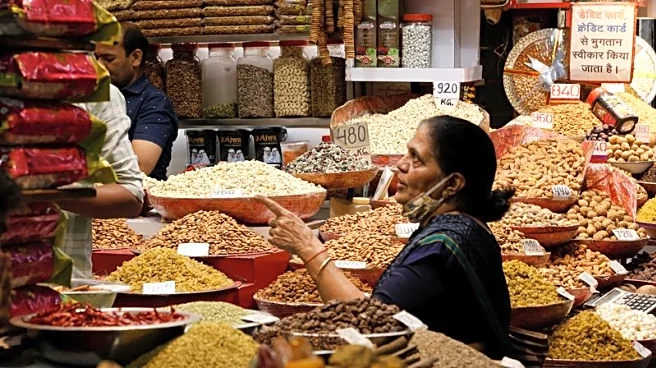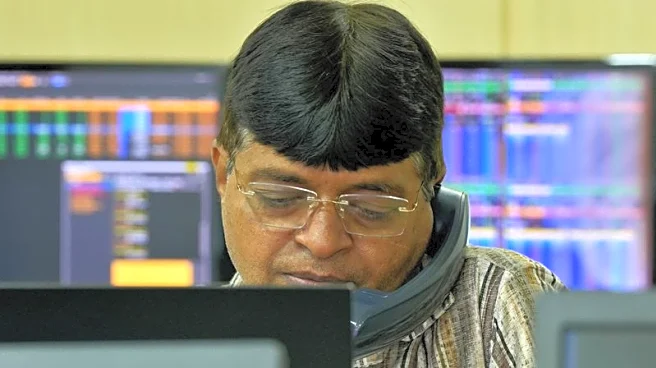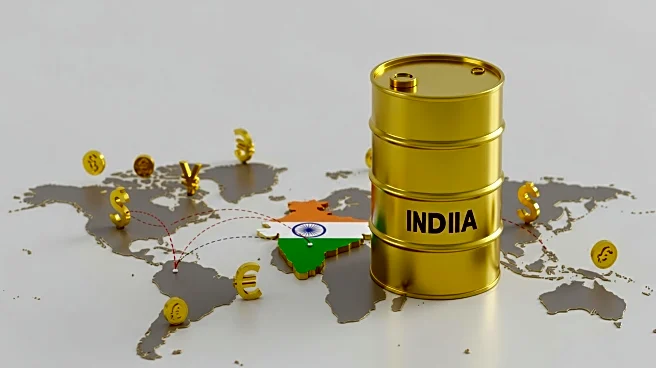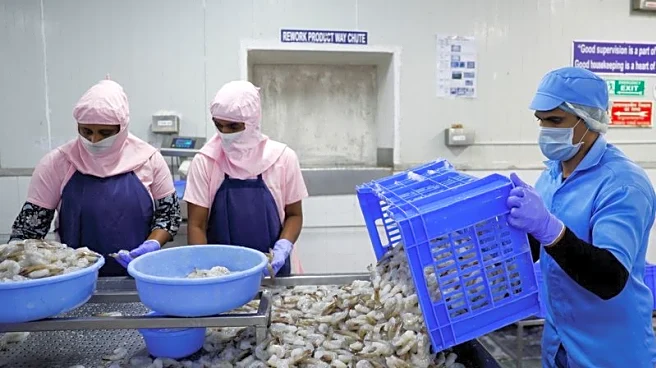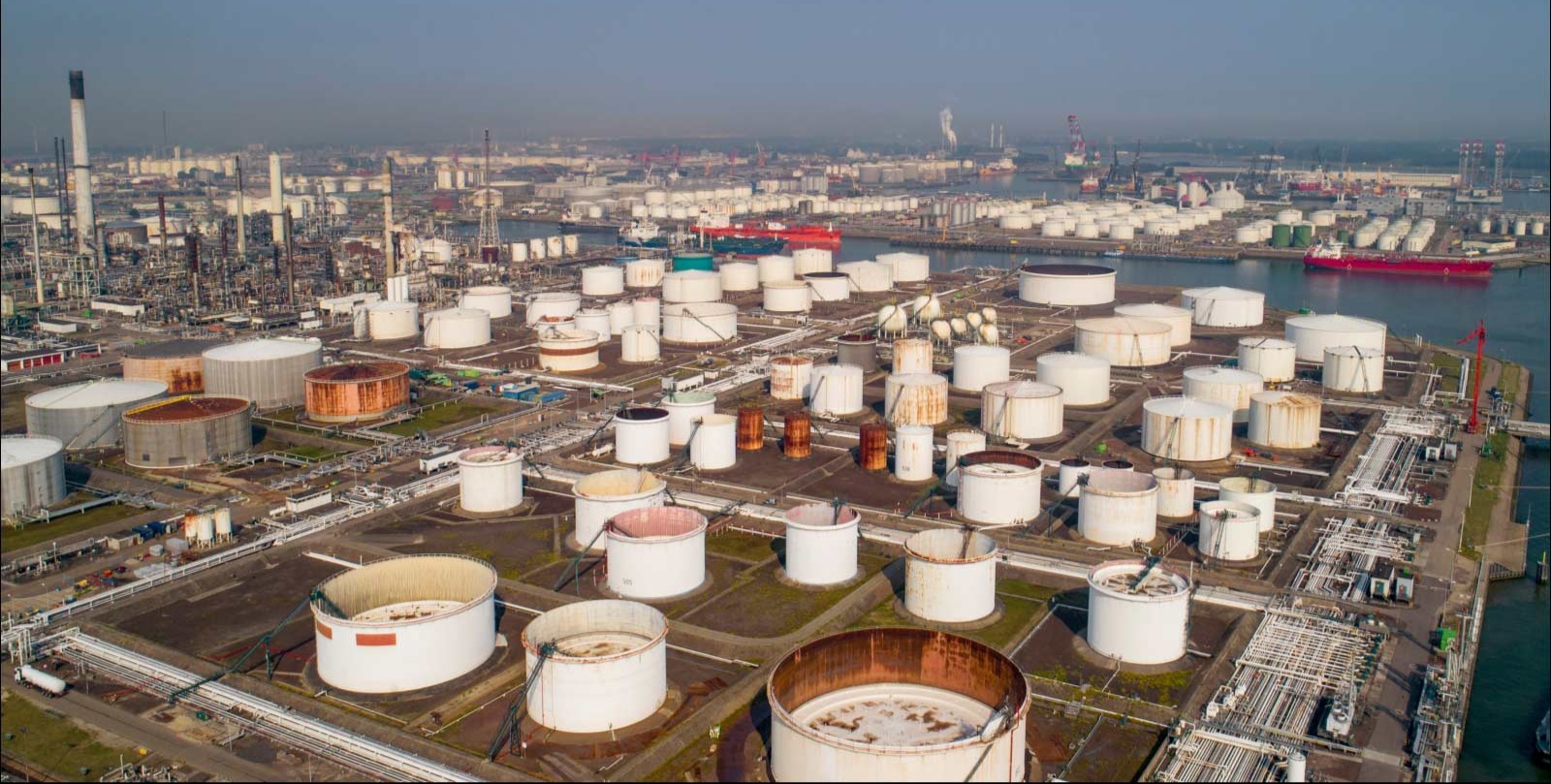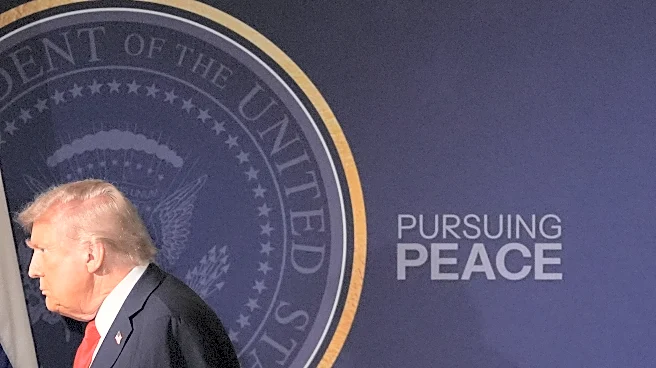MUMBAI (Reuters) -India's monetary policy committee members flagged evolving risks from global trade tensions and tariffs as a key drag on growth but said the economy remains resilient with the inflation outlook benign, minutes of the August meeting showed on Wednesday.
The Reserve Bank of India held its key repo rate steady at 5.50% earlier this month, after cutting rates by 100 basis points so far in 2025.
The six-member Monetary Policy Committee voted unanimously to retain a "neutral" stance, citing
the need for flexibility amid domestic and global uncertainties.
"Growth projected at 6.5% is resilient," RBI Governor Sanjay Malhotra wrote in the minutes, but added the projection was "certainly lower than what we can achieve."
He warned that uncertainty in external demand, driven by tariffs and geopolitical tensions, remained a major drag on growth.
India faces as much as 50% tariff on exports to the United States starting August 27 after U.S. President Donald Trump imposed an additional 25% tariff earlier in the month citing New Delhi's continued imports of Russian oil.
Malhotra said the moderation in food inflation since the June meeting was larger than expected, but cautioned that the uncertainties around tariffs were still evolving. He added that the neutral stance would provide the necessary flexibility to respond to changing conditions.
India's retail inflation rate dropped to its lowest level in eight years in July, as falling food prices, especially vegetables and pulses, squeezed farmers' incomes.
Deputy Governor Poonam Gupta said the moderation in inflation was not broad-based and was primarily driven by food prices falling. "Core inflation is likely to remain above 4% in the near to medium term, barring any major negative shock to input prices," she wrote.
MPC member Ram Singh said the average CPI inflation outlook for 2025–26 had become "very benign," though core inflation was expected to stay above the target range. He flagged sustained growth in construction, trade and services, but warned of high uncertainty on both inflation and growth fronts.
External member Nagesh Kumar said the case for stimulating private investments and urban demand remains strong while the benign inflation outlook also provides policy space. But considering trade policy uncertainties, it is better to wait and watch before looking at any policy decisions at the October meeting, he said.
External member Saugata Bhattacharya said monetary policy has to address multiple, often conflicting, objectives and optimise the consequent trade-offs. He highlighted the trade-off between loan and deposit rates as one of the key considerations.
The central bank has a 4% inflation target, with a tolerance band between 2% and 6%. India reports GDP growth data on Friday.
(Reporting by Swati Bhat)
